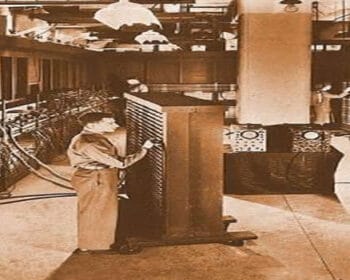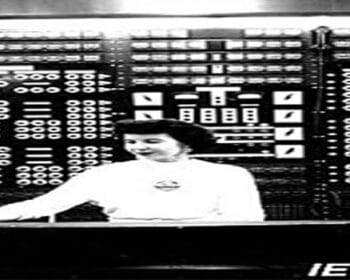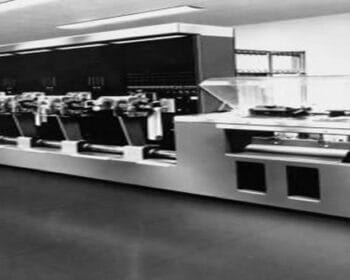Manchester Baby Machine
The Small Scale Experimental Machine, the Baby, was built in 1947 and 1948 to subject the Williams-Kilburn Tube to a searching test of its speed and reliability. It also demonstrated the feasibility and potential of a stored-program computer. It was quickly decided to press ahead to develop a realistic useable…




